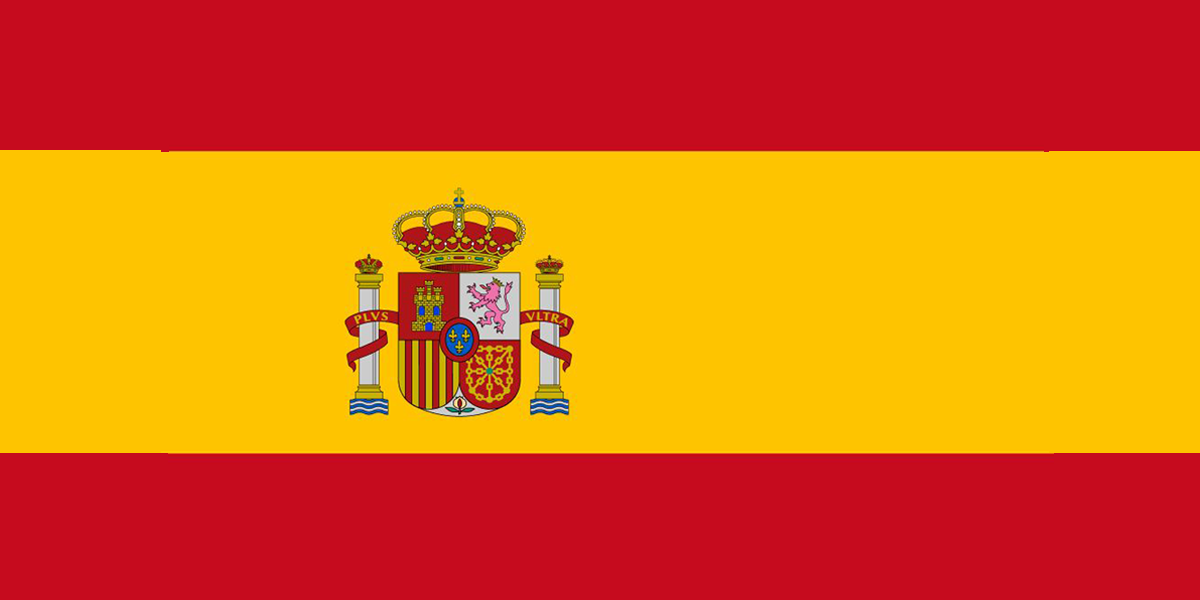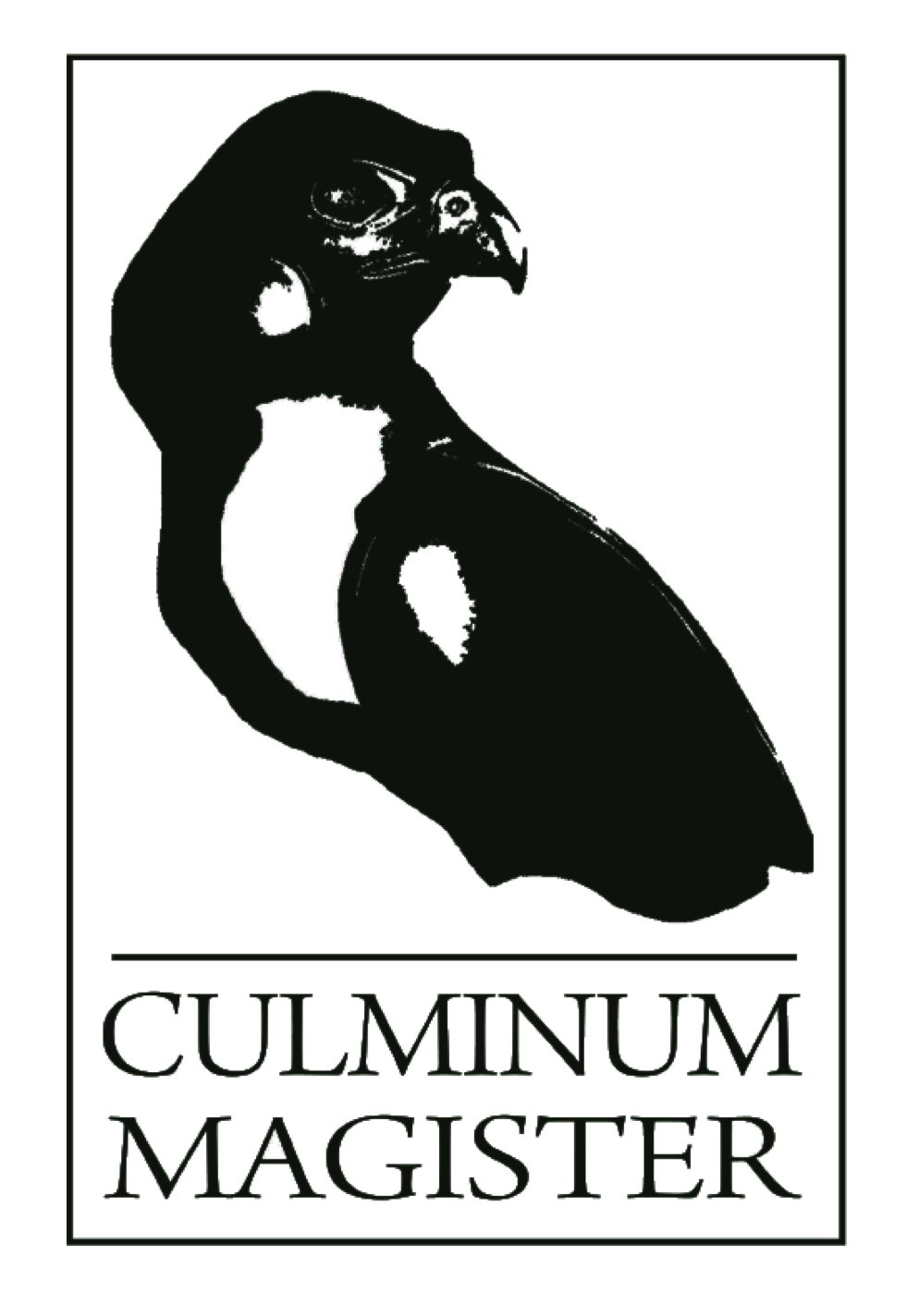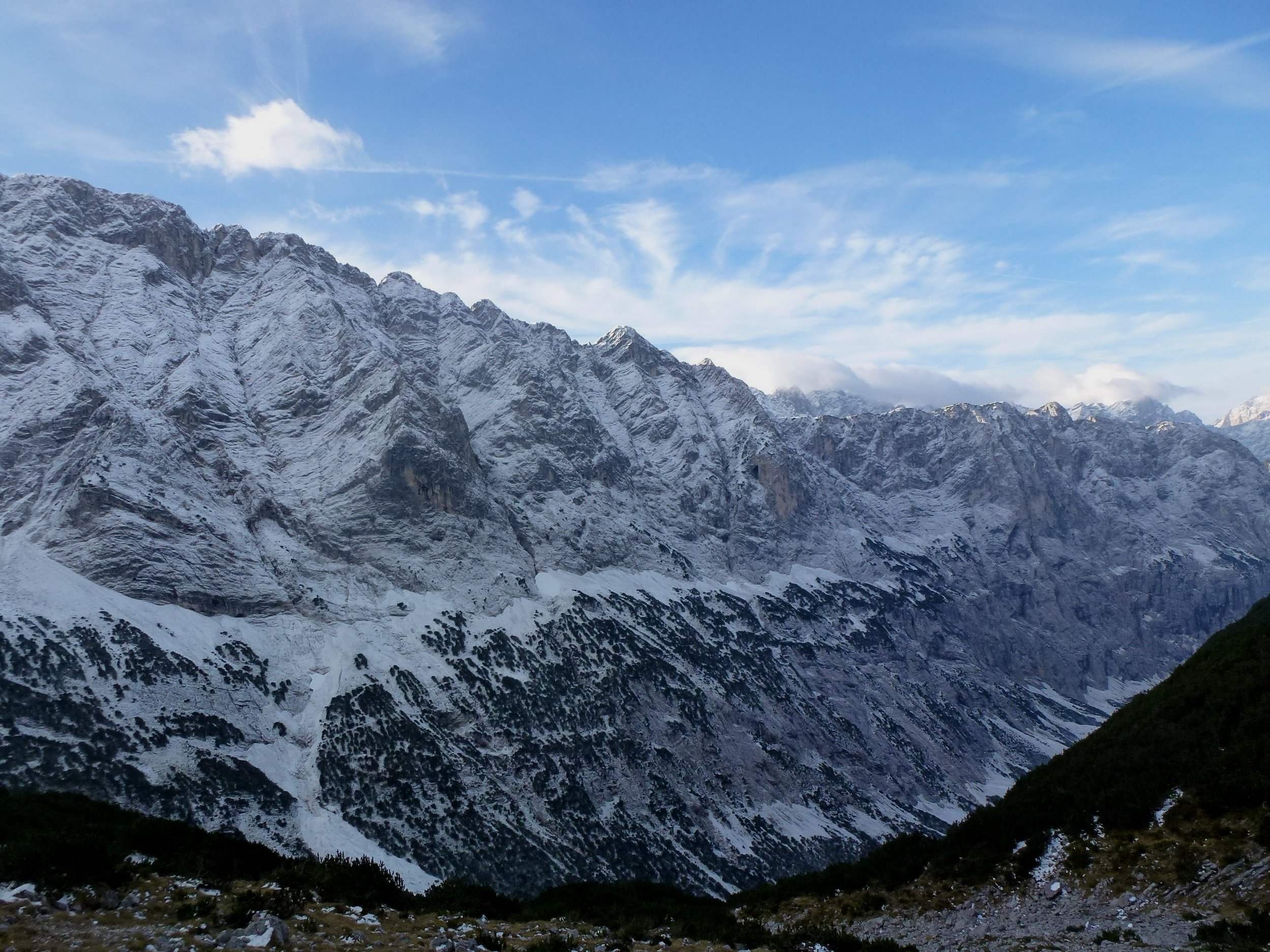
Europe
-

Aoudad introduced in Spain
Ammotragus lervia
Straw colour. They do not have a beard like goats, but have a highly developed mane from the throat to the chest and upper front legs.
The horns are more similar to those of the Tur or Barhal, than to those of the goats.
Introduced in National Game Reserve of Sierra Espuña, and private areas in Murcia and Alicante, Spain.
-

Cyprus mouflon
Ovis aries ophion
Reddish-brown in the upper parts, black ruff in the males and typical white saddle in the flanks. Horns curved in one plane, with tips directed at the sides of the neck or above the neck in supracervical position. Is endemic of Cyprus.
-

Mouflon reintroduced in Europe
Ovis aries musimon
From chestnut-brown to almost black, with under parts and legs withe. Males have a distinct white saddle in the flanks. Horns of different configurations. Reintroduced in almost all European countries.
-

Alpine chamois
Rupicapra rupicapra rupicapra
The winter coat of adults, especially large males, is almost black. Distribution in all the Alps, in Austria, Germany, France, Italy, Slovakia, Czech Republic, Croatia, Liechtenstein, Poland and Switzerland. Also introduced in New Zealand.
-

Apennine chamois
Rupicapra r. ornata
They have the longest horns of all chamois species and sub- species. The colouring is similar to that of the Pyrenean chamois but with an even more marked cream-coloured neck patch.
It is endemic to Italy, living only in three small locations in the Abruzzi, Lazio and Molise National Parks, the Majella National Park and the Gran Sasso and Monte della Laga National Parks.
-
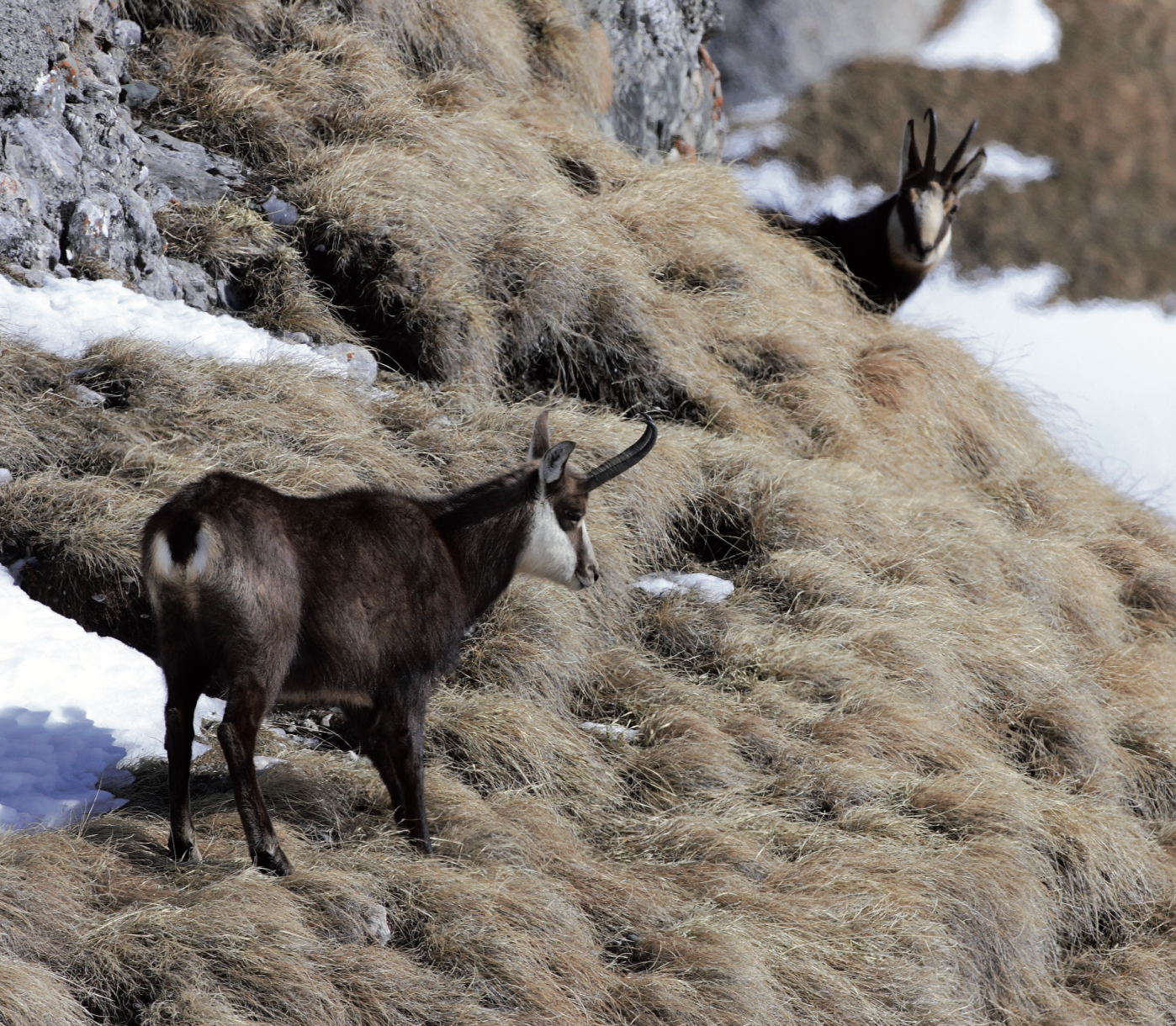
Carpathian chamois
Rupicapra r. carpatica
They tend to have an even darker coloration than alpine chamois. Their horns are the thickest and best trophy of all chamois. It is the largest body of them.
It is endemic to Romania.
-
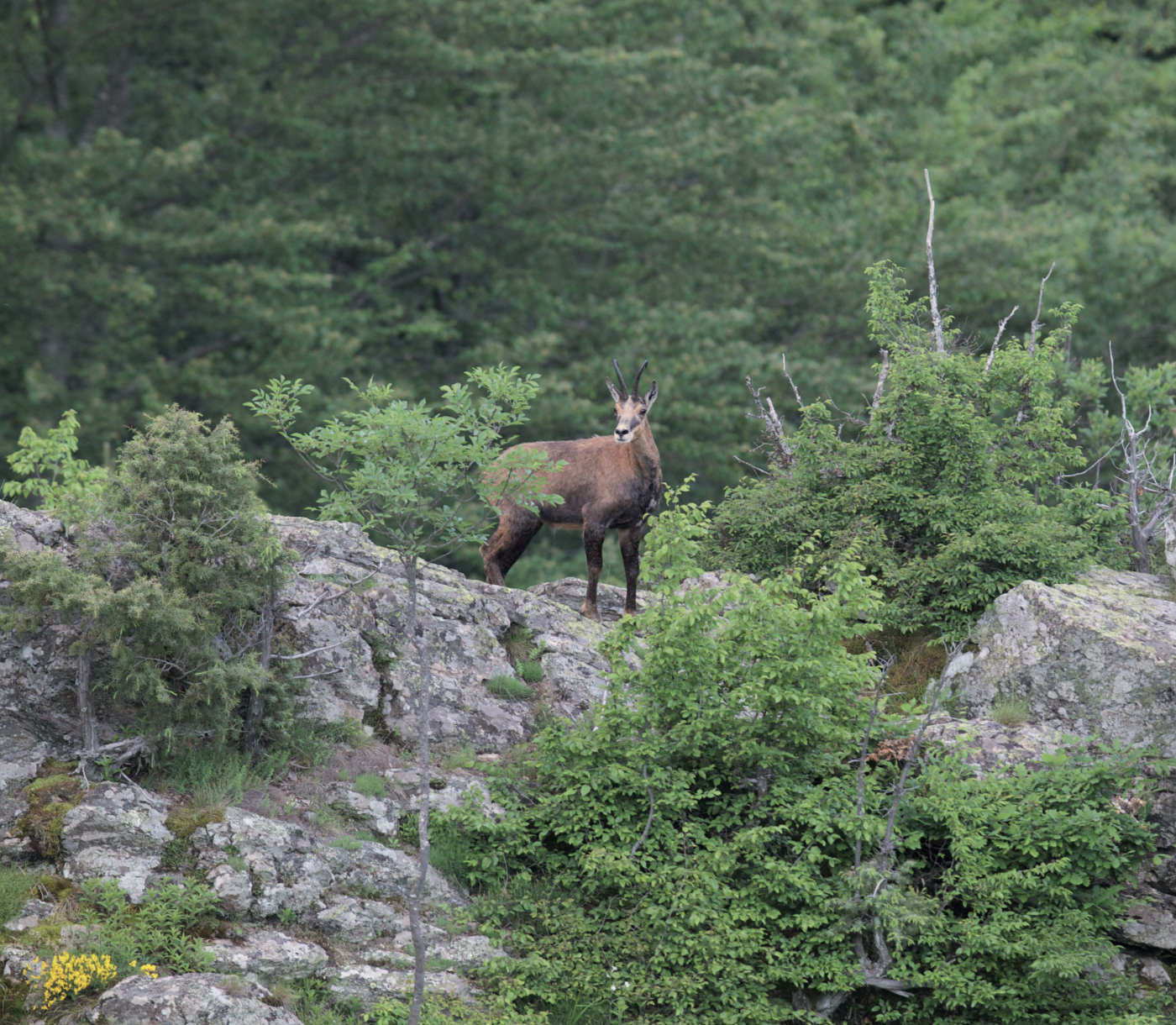
Balkan chamois
Rupicapra r. balcanica
It is somewhat smaller in body than the Alpine, the summer coat is also somewhat redder than that. It has a characteristic dark dorsal strip that runs all the way down its back.
Countries in which it is located: Albania, Bulgaria, Bosnia and Herzegovina, Greece, Macedonia, Montenegro and Serbia.
-

Caucasian chamois
Rupicapra r. asiatica
It is included in both Europe and Asia, because the Caucasus region occupies both continents. (North Caucasus would be Eastern Europe and South Caucasus would be the Middle East).
The chamois inhabits the Russian Krai of Krasnodar and Stávropol, the Caucasian Republics of the Russian Federation, Georgia, South Ossetia and Azerbaijan
-

Pyrinean chamois
Rupicapra pyrenaica pyrenaica
The great opening of their horns stands out in some individuals. It is smaller in body size and horned than the Alpine chamois.
Endemic to the Pyrenean mountains, in Spain, Andorra and France.
-

Cantabrian chamois
Rupicapra pyrenaica parva
It’s the smallest of all the chamois.
Endemic to the Cantabrian Mountains, in the regions of Asturias and Cantabria and the provinces of León and Palencia in Castilla y León.
-

Alpine ibex
Capra Ibex
Very uniform in colour, dark brown in winter, short limbs and a very compact body. The horns are scimitar-shaped, oval in section, with marked knots.
It is located in Austria, Germany, France, Liechtenstein, Switzerland, Bulgaria and Slovenia.
-

Beceite ibex
Capra pyrenaica hispanica
Lighter coat in adult males, rarely turn completely black in winter, like Gredos ibex. There are two morphologies of horns, some lyre-type but more open than those of Gredos and others “airplane” type with horns that go up and out.
It lives in the Maestrazgo region, in the provinces of Teruel, Tarragona and Castellón, and in Valencia in the Muela de Cortes Reserve.
-

Southeastern ibex
Capra pyrenaica hispanica
Smaller than Gredos and Beceite’s. Lighter coloration, has sheep shaped horns, describing a very closed scimitar.
It inhabits the Sierra Nevada National Park and adjacent areas in the province of Granada, Almería and Jaén.
-

Ronda ibex
Capra pyrenaica hispanica
It is the smallest variety of body and horns. They are lighter and more uniformly coloured than the other subspecies. The horns are smaller and grow more vertical and parallel.
Sierra Blanca and Ronda in the province of Malaga and the Grazalema area in Cadiz.
-

Gredos ibex
Capra pyrenaica victoriae
Body size larger than the other subspecies. Older males turn completely black with winter coat. The most typical horns form a lyre with up to four curvatures.
In the Sierra de Gredos, the northern slope of Ávila in Castilla y León and the south of Extremadura, reintroduced in the Regional Game Reserve of the Batuecas in Salamanca, in those of Riaño, Ancares and Mampodre, León; Sierra del Guadarrama in Madrid and Segovia, Montes del Invernadero in Orense, Galicia and in several mountains of Castilla-La Mancha.

